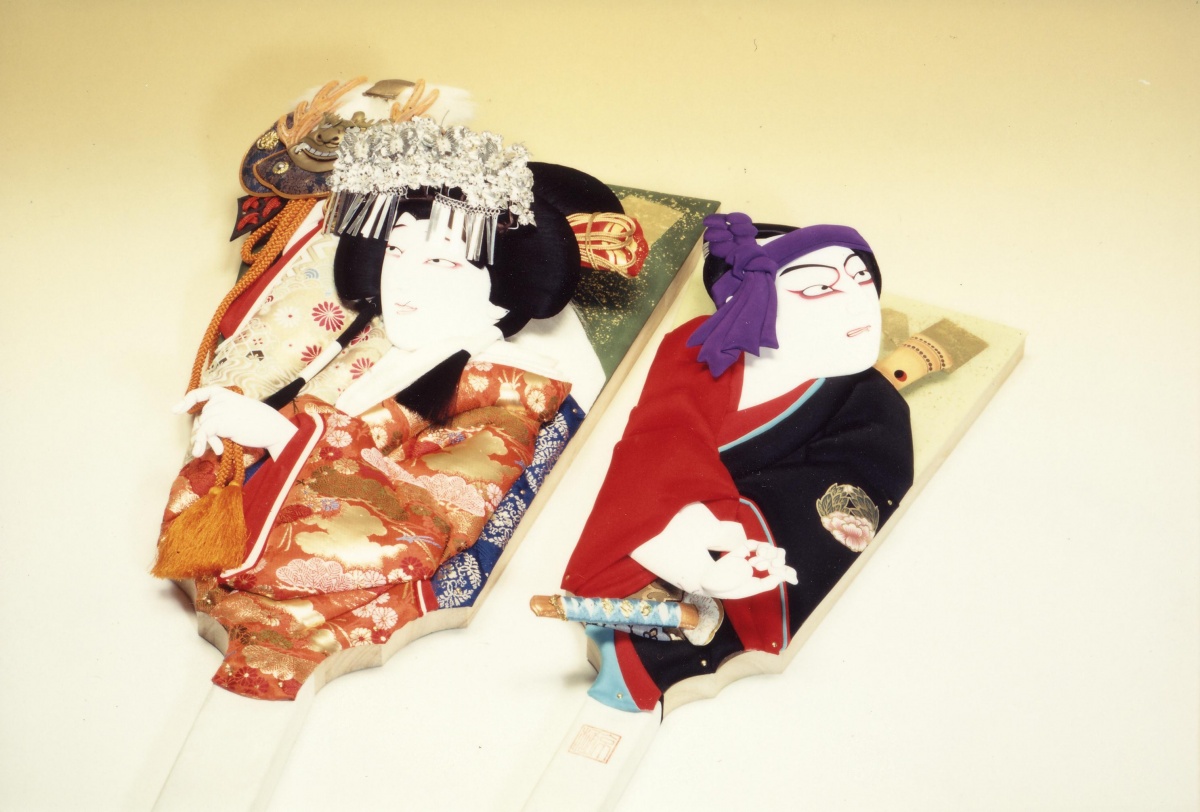Awesome New Year's Paddles from Saitama
Do you know the Japanese traditional pastime hanetsuki? A popular activity during New Year's in Japan, it's a game that involves players hitting badminton shuttlecocks made of soapberry seeds and bird feathers using large wooden paddles called hagoita.
The hagoita is usually rectangular in shape. When playing hanetsuki, since the hagoita’s movement is similar to the harau action (a Japanese expression meaning “drive away”), it is thought to be effective in driving away evil spirits, and is thus often used as a charm against evil.
In the Edo Period (1603-1868), oshie-hagoita paddles designed with images of elegantly made-up kabuki actors grew to be popular. The oshie drawings are usually created with washi paper or cloth cut out in the shape of flowers and people, and then pasted onto the paddle with cotton inside them to give them a three-dimensional aspect. Since these traditional hagoita commonly featured portraits of famous kabuki actors, they may have been close to something like fan merchandise of modern times.
By the turn of the 17th century, a huge variety of hagoita had spread across Japan. Some high-quality paddles even used gold leaf and silver foil, and so many different kinds appeared that Japan’s feudal government at one point had to ban and impose constraints on production. Then, at the start of the Meiji Period (1868–1912), new technologies allowed the lineup of hagoita to increase even more.
It's said that the history of hagoita in Saitama Prefecture dates back to when people were encouraged to produce them as a side business during the farming off-season in the Edo Period. In many cases, one kabuki actor is illustrated protruding significantly from the paddle. This style is called hitori-dachi. If the hagoita features two standing out actors, it's called futari-dachi. And although it's very rare, when five actors are featured on a paddle set, it's called gonin-dachi.




